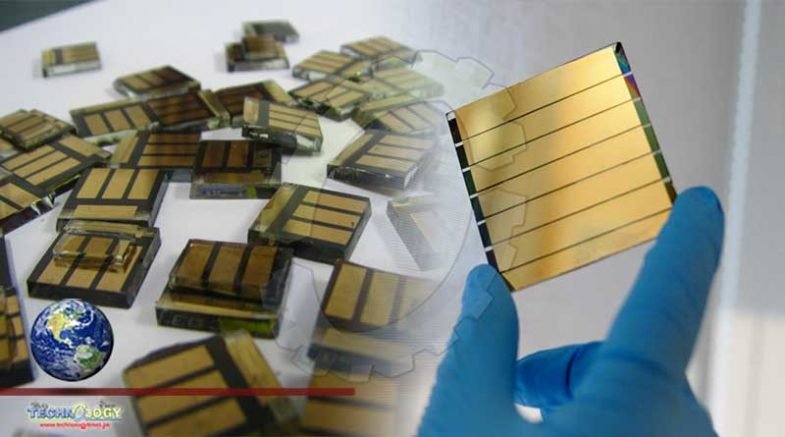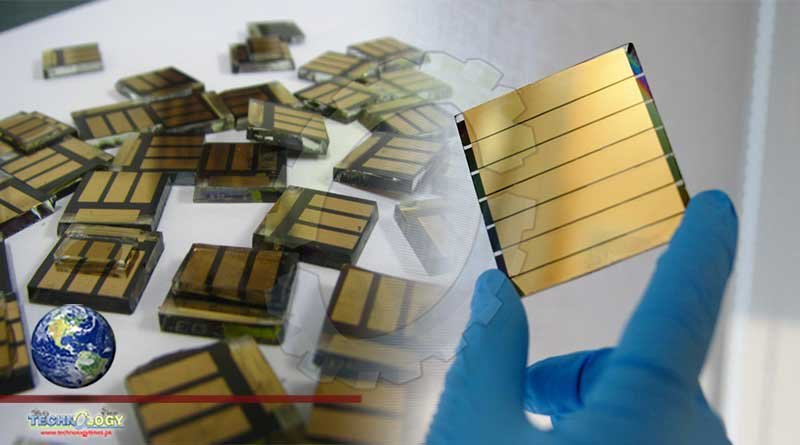A team of researchers at the University of Bristol aim to develop solar minimodules with a conversion efficiency of over 15%.

These solar minimodules could be integrated into various systems and infrastructures
A team of researchers at the University of Bristol, in collaboration with researchers from Northumbria University and Loughborough University, aim to develop solar minimodules with a conversion efficiency of over 15%.
To develop these solar minimodules, the researchers will investigate complex semiconductor compounds like Kesterite (Cu2ZnSn(S, Se)4) with a precise crystal structure to develop precursors and processing methods, ensuring that each atom goes in the right place.
“Our project aims to develop adaptable and low-cost PV technology, which can meet this challenge,” Fermin added.
The researchers claimed that the research could help decrease PV devices’ fabrication costs and remove toxic elements present in existing commercial technologies.
Devendra Tiwari, Researcher at Northumbria University, said, “Solution processing is much less capitally intensive and readily suited to allow integration of solar cells to scaffoldings and windows that current manufacturing technology prevents for thin-film solar cells. It, therefore, offers the opportunity to produce cost-effective integrated PV systems.”
Jake Bowers, Researcher at Loughborough University, said, “Fabricating thin-film solar cells with low-cost solution processes has the potential to reduce the cost of electricity produced from PV to the end-user. The fabrication processes used require significantly less energy than manufacturing processes used in traditional silicon-based PV.”
The 3.5 year-long research program is expected to begin in July 2021. UK Research and Innovation (UKRI), Engineering and Physical Science Research Council, and Cabot Institute have provided funding for the research project.
In August 2020, a research team from the University of Michigan said they set a new efficiency record for color-neutral, transparent solar cells that are compatible with windows that cover the face of most buildings.
Mercom had earlier reported that Australian researchers, led by members of the ARC Center of Excellence in Exciton Science, developed semi-transparent perovskite solar cells that could allow for windows in buildings and automobiles to generate electricity.
Originally published at Mercom
